CLOU GLOBAL TECHNOLOGY provides energy management products and customized solutions for efficient energy usage, cost reduction, and sustainability compliance.
Here we are publishing answers to your questions related to our products and services.
Please do not hesitate to reach out to us if you have any questions or queries. You can use our easily accessible contact form or can leave a comment below the relevant article to get in touch with us.
Note: The calculators and animations on this website work with JavaScript-enabled Web browsers. Please make sure your Web browser is JavaScript-enabled.
Since End of 2020 we are using asynchronous scripting technologies.
Recent Articles
-
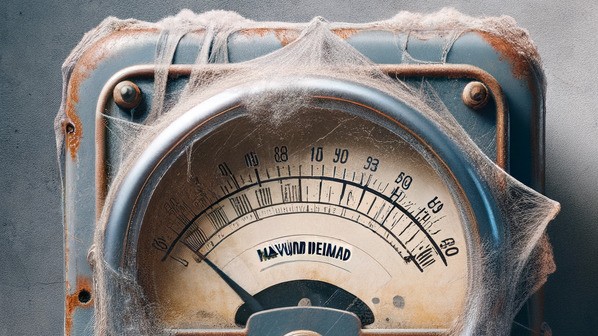
Can Traditional Maximum Demand Keep Up in a Smart Meter World?
Many power companies still use old-fashioned maximum demand rate plans based only on your monthly peak usage.
-

Economic Impact or Environmental Imperative? The 'Fit for 55' Dilemma
The European Union's 'Fit for 55' plan has a tough challenge ahead. By 2030, it aims to reduce greenhouse gases by at least 55%.
-
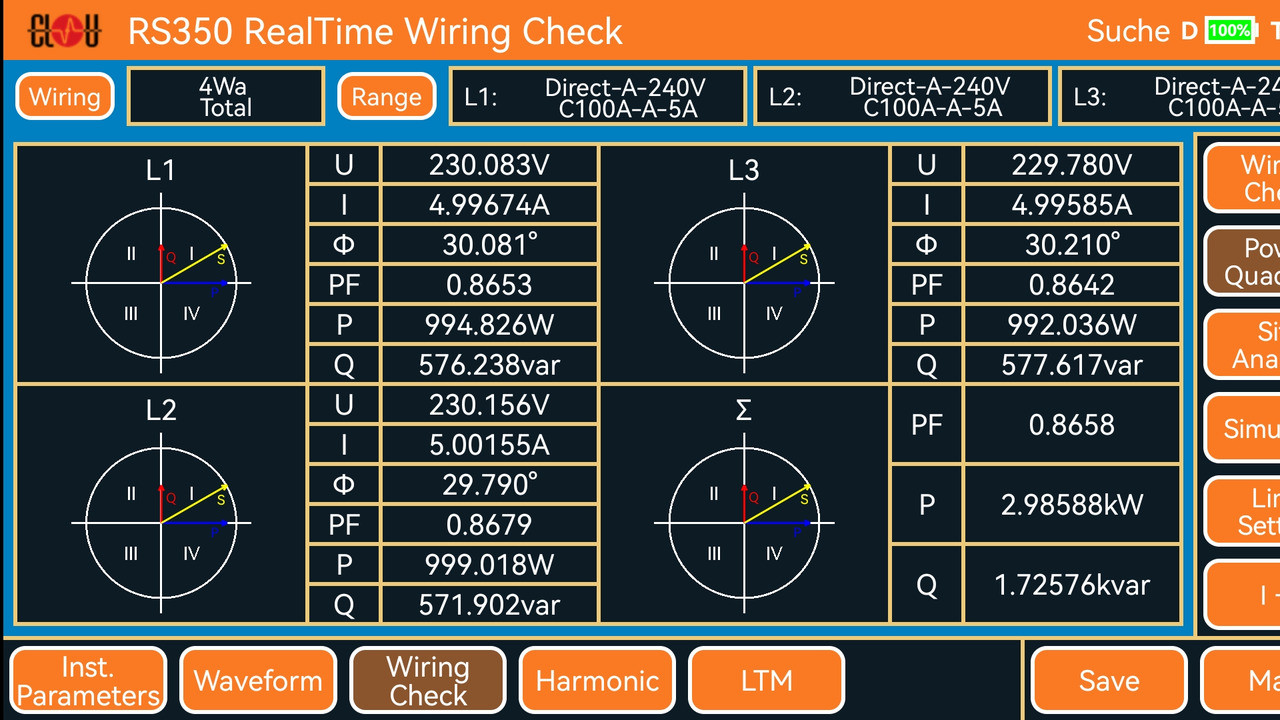
Improving Power Efficiency: It's All About the Power Factor
Optimizing power factor is not just a technical necessity; it's a strategic advantage that saves energy and reduces costs. By addressing this key aspect of electrical efficiency, we contribute to building a smarter, more resilient grid.
-

Investing in Change: Can Europe's €800 Billion Grid Upgrade Put It Back on Track?
According to a detailed analysis by the European Transmission and Distribution Operators (ERT), an investment of approximately €800 billion is deemed necessary by 2030 to upgrade Europe's electrical grids.
-

The Double-Edged Sword: AI and Job Evolution in the Energy Industry
As we approach Labour Day 2024, a timely moment for reflection, the energy sector stands at a major juncture shaped by emerging technologies and evolving priorities.
-

The Future is Local: Exploring the Idea of Energy Democracy
'Energy democracy' is an exciting idea gaining interest worldwide. It's about communities controlling their own energy – how it's made, shared and used.
-

Enhancing Grid Resilience: Energy Storage Systems in Transmission Infrastructures
The electric grid is a complex interconnected network responsible for delivering electricity from power plants to end-use customers.
-

Major Update in Machinery Directive: Transitioning to Digital User Instructions
Big news for manufacturers and distributors of electrical machinery and smart devices in Europe! The Machinery Directive has been updated, aligning with the new machinery regulation by allowing digital user instructions.
-
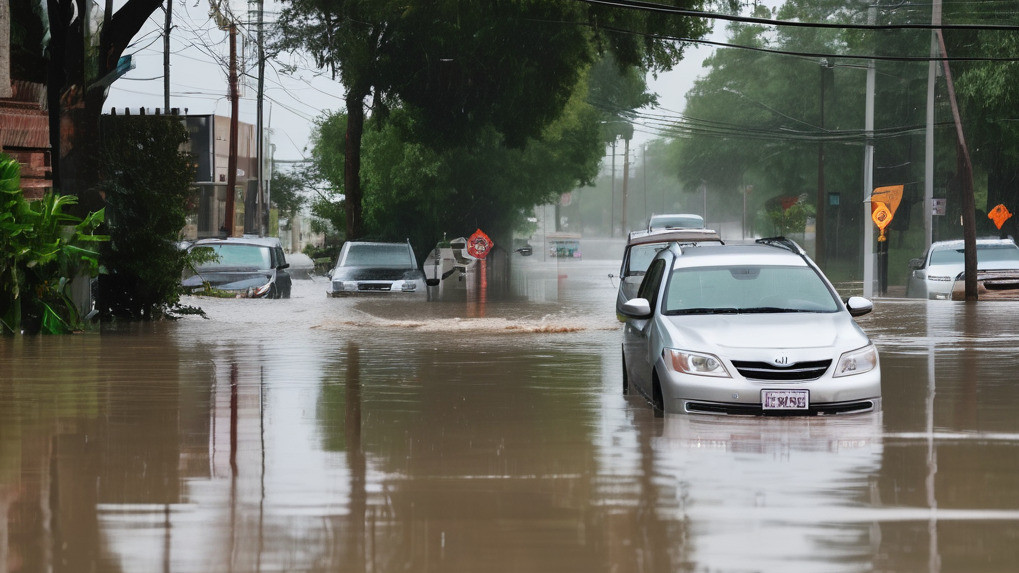
Deluge in Dubai: Lessons for Utilities from the Downpour
In an unusual turn of events, Dubai recently experienced severe rainfall, testing the robustness of its power infrastructure against the forces of nature.
-

The Road is Long: Smart Grid Standards
While the road to universal smart grid standards is fraught with challenges, the process is essential. The potential benefits of a fully interoperable smart grid are too significant to ignore.
-

Let It Go: Grid Congestion and Permitting Hurdles in the Electrical Energy Sector
The electrical energy sector faces ongoing challenges in transporting power from generation sources to areas of high consumption due to constraints of the transmission grid infrastructure and associated permitting processes.
-

Power in Balance: Strategic Benefits of Demand Side Management for Utilities
Electric utilities face continuous pressure to meet ever-growing energy demand while also adapting their generation mixes towards sustainable models aligned with emissions reduction goals.
-
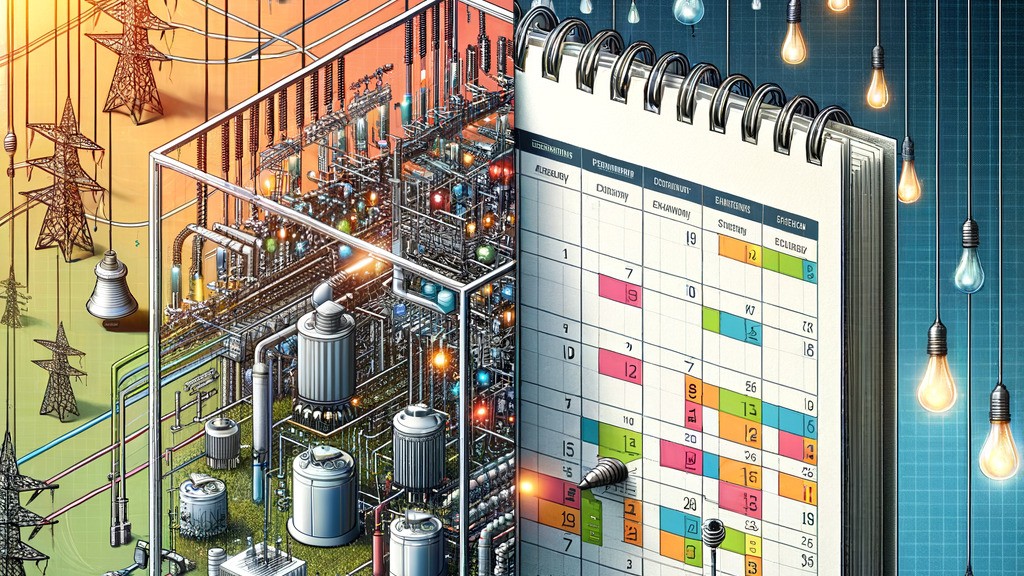
Unlocking the True Potential of AMI Systems: The Impact of Once-a-Day Data Readings
AMI systems were initially designed to streamline utility operations through automated meter data collection. Yet, their full potential is often underutilized, as legacy daily or interval read strategies may not fully capture essential usage insights.
-

Another Brick in the Wall: Building Smart Power Systems in the Digital Age
The digitization of power systems is a pivotal development in our pursuit of a more efficient, sustainable, and equitable energy future. It heralds a new era where energy not only powers our homes and industries but also empowers our collective environmental and economic well-being.
-

Dust in the Wind: The Sahara's Role in Europe's Solar Output
Saharan dust, a natural atmospheric phenomenon, involves the movement of mineral-rich sand and dust particles from the Sahara Desert across vast geographical expanses.
-
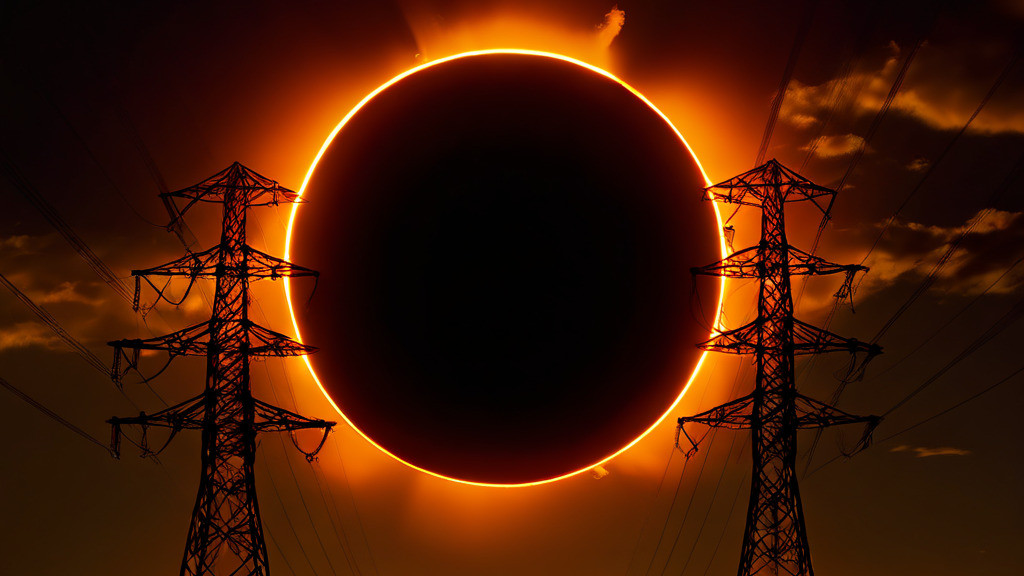
Shadows Over Solar: The North American Eclipse and Its Grid-Scale Implications
On the 8th of April 2024, North America was the stage for an astronomical marvel as a total solar eclipse journeyed across the skies.
-

Control or Chaos: The Razor's Edge of Geoengineering and AI Oversight
While visions of technological miracles captivate many, closer examination reveals that these sociotechnical systems pose unprecedented governance challenges as well. Powerful tools require prudent oversight to maximize benefits and minimize harms. If misused or misguided, geoengineering and advanced AI could exacerbate existing problems or even spark new crises.
-

Exploring the Potential of Space-Based Solar Power
Space-based solar power (SBSP) is an innovative concept that aims to collect solar energy using large orbital solar panels in space, where sunlight is more intense than on Earth. By overcoming challenges like nighttime and cloud cover, SBSP has the potential to provide a consistent and reliable source of renewable energy.


Cloud Global's blog is a treasure trove of insights and innovative ideas! Its content is always engaging, informative, and forward-thinking. It is a must-read for anyone interested in cutting-edge technology and trends!
Thank you for your kind comment! We're glad you find CLOU Global's blog insightful. Our aim is to offer practical and informative content for everyone interested in the field. If there's anything specific you'd like us to explore, just let us know. Cheers!
I visited the Clouglobal blog, and I'm truly impressed by the depth and quality of their content on page 3. It's evident that they're committed to providing valuable information. Keep up the great work!
Thank you so much for taking the time to visit our Clouglobal blog and for your kind words about the content. We greatly appreciate your feedback and are thrilled to hear that you found our content to be of high quality and valuable. At Clouglobal, we are dedicated to providing insightful and informative content to our readers, and it's rewarding to know that our efforts are resonating with you. We are committed to maintaining the same level of depth and quality throughout our blog, and your encouragement motivates us to keep up the great work.
If you have any specific topics or areas of interest that you would like us to cover in future articles, please feel free to let us know. We value your input and strive to address the needs and interests of our readers.